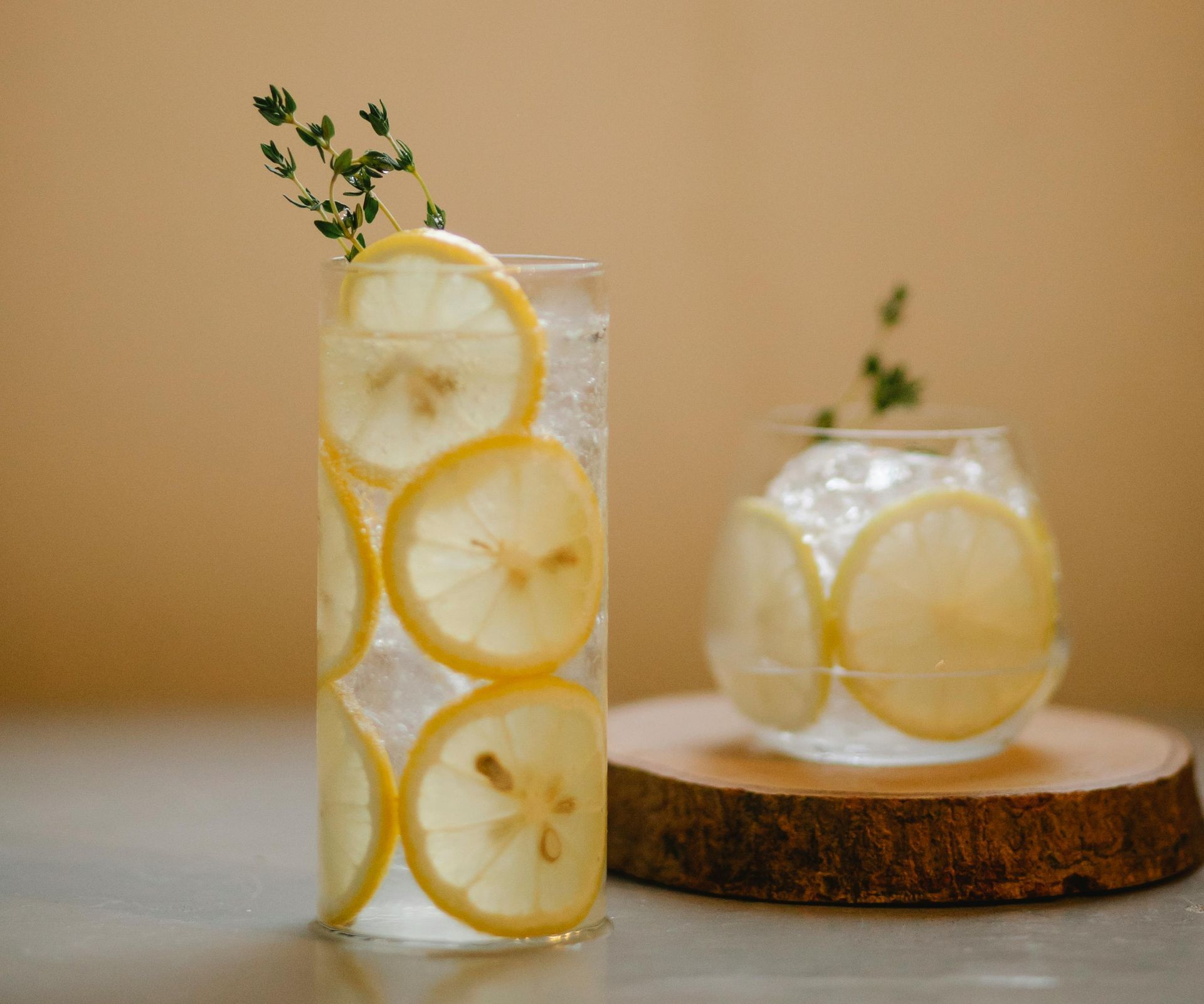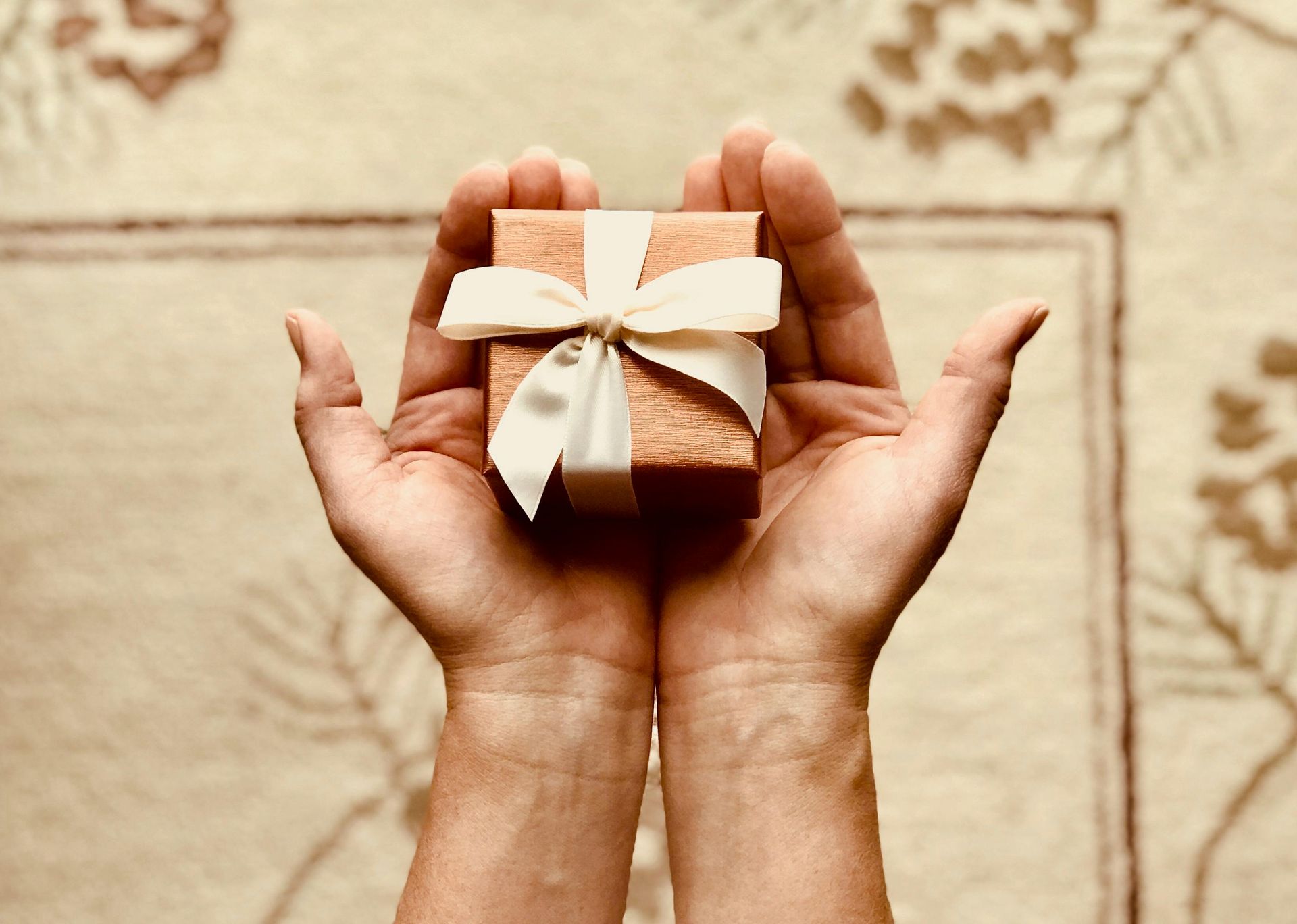Chiropractic Adjustments vs. Cracking Your Own Back
If you’ve ever twisted your torso to hear that satisfying pop in your back, you’re not alone. Many people instinctively try to “crack” their own backs when they feel stiff or uncomfortable. But while it might provide temporary relief, self-"adjusting" is no substitute for a professional chiropractic adjustment.

At Rainey Chiropractic, we often explain the difference between these two experiences—and why seeing a trained chiropractor is safer, more effective, and far more beneficial for your long-term spinal health.
What Happens When You Crack Your Back?
When you twist or stretch and hear that familiar pop, you’re releasing gas bubbles from the joint spaces—similar to cracking your knuckles. This release can reduce pressure and provide a short-lived feeling of relief.
But here’s the catch: when you crack your own back, you’re often moving joints that are already mobile, not the ones that are stuck or restricted. That means the real issue—misalignment or joint dysfunction—goes uncorrected.
Why Chiropractic Adjustments Are Different
Chiropractic adjustments are highly specific, controlled movements delivered by a trained professional. Chiropractors spend years studying anatomy, neurology, biomechanics, and spinal health to ensure adjustments are safe and effective.
Here’s how professional chiropractic care differs from self-cracking:
- ✅ Precision: Chiropractors target the exact joint that needs correction—based on a full evaluation of your spine, posture, and symptoms.
- ✅ Control: Adjustments are applied with just the right amount of force, angle, and speed to correct alignment without causing harm.
- ✅ Safety: Chiropractors are trained to avoid vulnerable areas like the neck or spine segments that shouldn’t be manipulated.
- ✅ Lasting Relief: Instead of short-term relief from pressure, adjustments restore joint function, improve nerve communication, and promote long-term healing.
Risks of Self-Cracking
While cracking your own back may feel good in the moment, doing it repeatedly—or forcing movements—can create problems over time:
- ❌ Hypermobile joints: Over-cracking the same area can lead to instability, making joints too loose while the tight, restricted areas remain stuck.
- ❌ Muscle imbalances: You may unknowingly cause more strain in some muscles while trying to relieve others.
- ❌ Injury risk: Without training, you might apply pressure in the wrong direction or force a movement that could strain muscles, ligaments, or nerves.
What to Do Instead
If you feel tightness or stiffness in your spine, resist the urge to self-adjust and schedule a visit with a chiropractor instead. At Rainey Chiropractic, we’ll assess the root of the problem, use safe and gentle adjustments to correct it, and provide guidance on stretches or habits that support your spine between visits.
Professional Care = Better Results
Chiropractic care is more than just getting a pop—it’s about restoring movement, improving nerve function, and helping your body feel and perform its best. While cracking your own back might feel like a quick fix, true alignment and long-term relief come from expert care.
Ready to experience the real difference? Contact Rainey Chiropractic today to schedule your evaluation.



